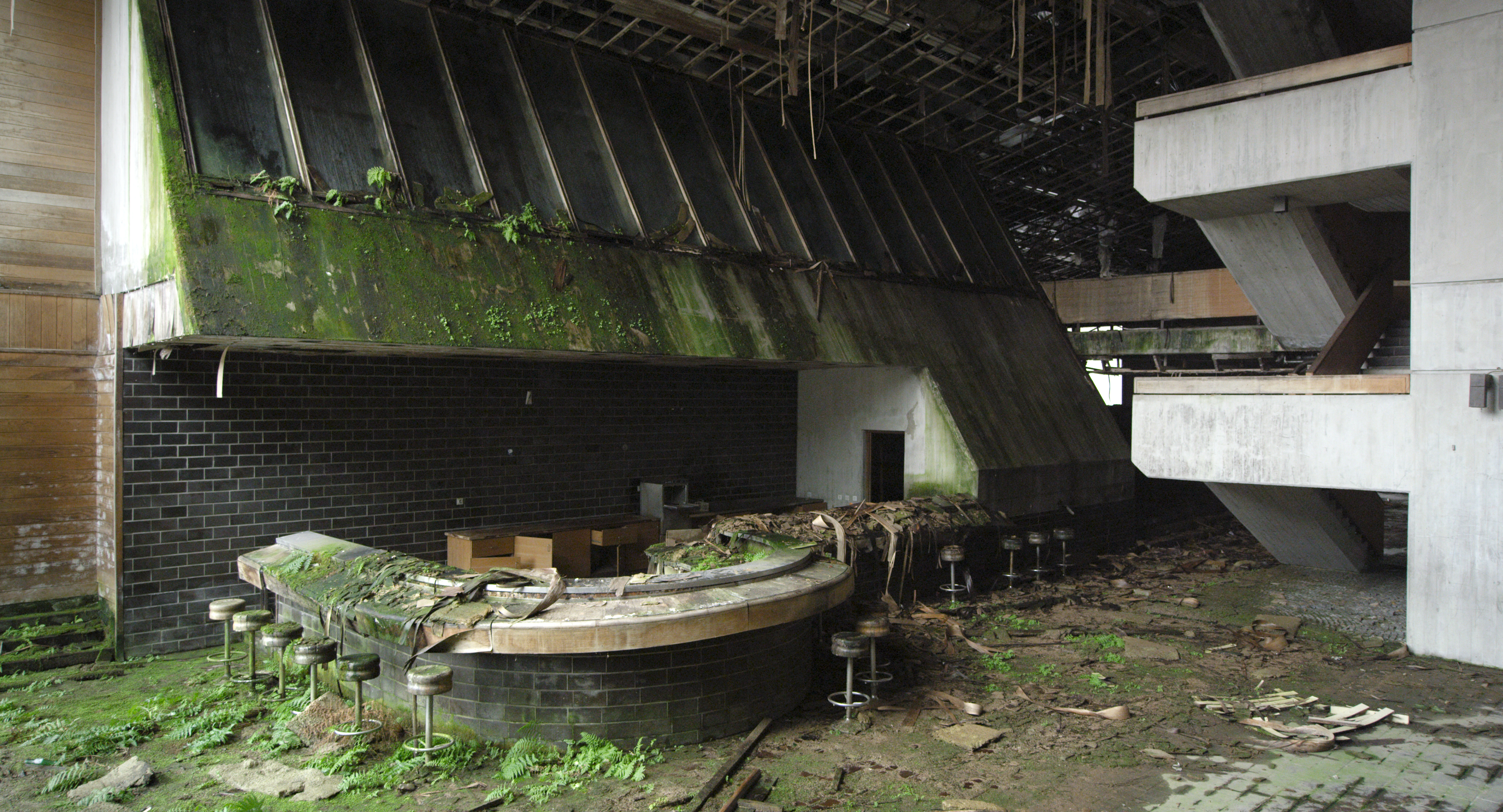Humans often claim to be at the top of the food chain, but is that really the case? We are experiencing – now more than ever – our own fragility: an increase in natural disasters, the pandemic and threats of climate change are part of our every day lives. Where do humans actually stand in relation to the earth? And what awaits us? During the International Documentary Festival Amsterdam (IDFA) (17 to 28 November) we will be offered many new perspectives. We selected five experiences for you not to miss.
Our Ark
Loss in biodiversity is happening at a rate our planet has never experienced before: we lose about 150-200 species every 24 hours. How can we keep on remembering these lost species and give them the place of honour they deserve? In the documentary short 'Our Ark', filmmakers Deniz Tortum and Kathryn Hamilton follow a company that is creating 3D copies of all animal species on Earth, but later also delve deeper into the visual preservation of other species like trees and even inanimate objects such as monuments. But what is the actual value of this backup of Earth? And for who is this aimed at?
Nature
Man often presents himself as the greatest power on earth, but often forgets the impregnable forces of nature. Tornadoes, volcanic eruptions and major floods are just some of the ruthless tricks our planet Earth has up their sleeve. Twenty-five years after creating his last film, 82-year-old filmmaker Artavazd Pelechian uses footage mainly found on the internet to compose his documentary 'Nature'. Nature visualises the greatness and power of nature in an experimental and poetic way showcasing Pelachian's distinctive style.
Messages To a Post Human Earth
We have seen the brute force of nature and recognise the fragility of humans. How do we ensure that our descendants do not make the same disastrous mistakes? Our written and spoken word evolves, dies and resurrects, so how are future habitants of Earth going to understand us? And how sure are we that it will be humans who are going to hear this message? Science fiction writer Stanisław Lem proposed encoding our messages in the DNA of plants. 'Messages To a Post Human Earth' by May Abdalla explores this idea in the form of an interactive experience that invites you and a partner going on a journey through a real garden with sound and vision.
Homo Sapiens
When humanity is gone, what traces will we leave behind and what will be swallowed up again by nature? Documentary 'Homo Sapiens' by Nikolaus Geyrhalter shows us imagery of places where nature takes back control after humans have disappeared. An abandoned swimming pool, a shopping center or the last traces of some train tracks: how does nature reclaim these previously human-dominated areas?
Symbiosis
After all of these impressive and necessary wake-up calls, there is fortunately also room for a message of hope: what if people allow themselves to return to the circle of life and enter into a symbiotic relationship with their ecosystem? 'Symbiosis' is an interactive experience by Marcel van Brakel and Mark Meeuwenoord in which the spectator travels 200 years in time and can crawl into the skin of a future earthling. The experience reveals new life forms that can be part human, part animal, and even part machine. They live in complete symbiosis with each other in the new biotope of the earth. The VR experience stimulates all senses: sound and vision, but also smell and even taste: appetisers are offered to complete the experience.

Share your thoughts and join the technology debate!
Be the first to comment